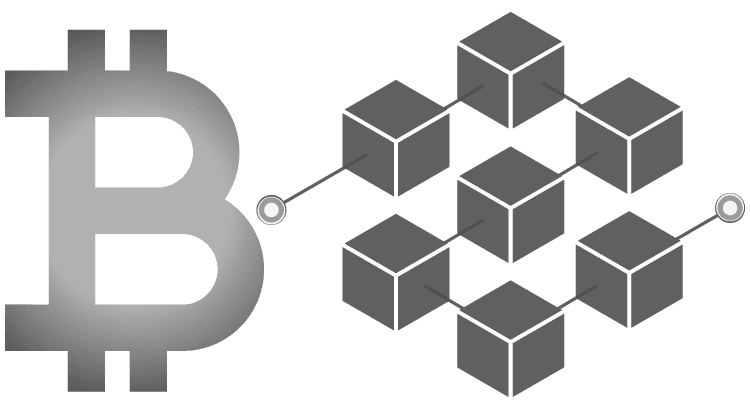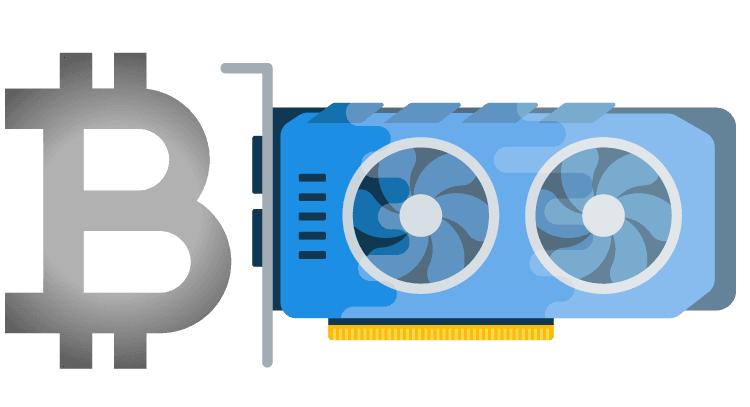Our partner, XM, lets you access a free demo account to apply your knowledge.
No hidden costs, no tricks.

If you are somewhat familiar with the crypto market, you might have heard that Bitcoin halving is approaching really soon. Since you are here, it is likely that you are not familiar with this term and don't know what it actually means. Not to worry we are to explain it all to you.
Follow our guide to learn what Bitcoin halving is and what potential effect it can have on the market.

Whenever a Bitcoin transaction is submitted, because it is fully decentralized, there is a need for someone to confirm the transaction. Here come Bitcoin miners - these miners are high-powered computers that analyze the transaction to check if everything is in place and then confirm them. Since these computers require large amounts of electricity and other resources for doing this work they are rewarded with some amount of Bitcoin.
Miners are racing each other for those Bitcoin rewards. Whenever a new block is created, which happens approximately every 10 minutes, the race starts. Whichever miner or pool of miners finds the newly created block first receives those rewards, with miners that put in more work having better odds of being rewarded.
Currently, this reward equals 6.25BTC per block and will remain like that until the next halving which is expected to happen sometime in 2024.

Bitcoin halving can be explained really simply. As we mentioned, whenever transactions are submitted to the blockchain, miners race each other to validate these new blocks of transactions in order to receive rewards in the form of Bitcoin. At first, this reward was 25 Bitcoin per validated block, but now it is 6.25 Bitcoin.
Bitcoin halving is a process where the rewards that miners receive for their work gets cut in half. This happens after 210,000 new blocks get added to the blockchain, which takes approximately 4 years.
Bitcoin halving happens every time 210,000 new blocks are added to the blockchain. The first halving occurred in 2012 and there have been two more ever since, the second one in 2016, and the third one in 2020. So if we follow this logic, the next halving should happen sometime in 2024.
Now, to understand what Bitcoin halving is and why this system was created, we need to take a look at the 2008 financial crisis, as here we see why Satoshi Nakamoto, the creator of Bitcoin, chose to create this system. In the first-ever block created he made reference to the bailout of big financial institutions while leaving smaller businesses and people on their own.
With his hate of central banks and the unstable, inflationary currencies that they produce, Satoshi Nakamoto created Bitcoin. His goal was that instead of it being an inflationary currency just like the US dollar or any other traditional currency, it would be a deflationary currency with limited supply, and one of the mechanisms that keep Bitcoin that way is halving.
The current money system, which is controlled by the central bank, has the ability to be printed unlimitedly and is not backed by gold or any other material, which will decrease its value over time. Bitcoin, with its limited amount of 21 million coins and halving mechanism will never face that problem, as it's a scarce resource that needs big resources to produce, just like gold. That's where the term digital gold comes from.

Generally, Bitcoin halving is considered by many crypto fanatics a good thing. They believe that this system is responsible for Bitcoin being such a well-thought-out cryptocurrency, with its price going up, even after big crashes.
This was the first time that some form of money was created, which had deflationary characteristics and limited supply, which, unlike regular currencies, needed a lot of resources, time, and energy to be produced.
Bitcoin is a scarce product that can not be produced forever and when the max supply of Bitcoin is reached, which is expected to happen in 2140, no one would be able to produce more Bitcoin and make it an even more scarce resource; which means that those with a lot of Bitcoin could see their net worth go sky high.
To answer this question, we should take a look at previous halvings. If we believe in history, then the next halving should have a good impact on Bitcoin's price, but not an instantaneous one. As prices saw huge rises within the 18 months after the halving.
When the first halving took place in 2012, Bitcoin saw itself hit its first major milestone, by hitting the $1,000 mark, in November 2013, while it was only worth $50 in April 2012.
July 2016 was the time the second halving took place, as Bitcoin saw its 420,000th block created on its blockchain. At first, the price was altering between $500 and $1000, and in November 2017, it hit a price that left people in shock, as it was trading for $20,000.
The third and final halving up until now took place in May 2020, at that time Bitcoin was trading for around $9000, but another bullish market followed this halving as well, and we saw Bitcoin hit a new record of $30,000 by the end of 2020.
These rises in prices are usually followed by a bearish market, with Bitcoin losing a huge amount of value, sometimes as much as 80%. After that, it usually moves around in that price range, with slow growth followed by a huge spike in growth, which repeats this process once again.
But this does not mean that the next halving will have the same effect on Bitcoin's price, as Bitcoin has become a more popular and strongly dependent resource, which now moves according to many different aspects of the market, be it the financial developments in the finance world, geopolitics and many more.
As we mentioned before, Bitcoin does not have an endless supply, and once its circulating supply hits the 21 million token mark, Bitcoin mining will stop, and its supply will remain at 21 million forever. This event is predicted to happen in 2140, so most probably no one today will be able to see exactly what the result of this last halving will have on Bitcoin.
You might also be asking the question, what about miners? Since there won't be any more new Bitcoin to mine, people who own and operate these miners would stop working since they would be using large amounts of electricity and receiving nothing in return. To combat this problem, Bitcoin miners would start receiving transaction fees, for each transaction they validate and confirm. But it is still way too early to speculate on this and most probably no one alive today will be there to see this milestone in 2140.

When it comes to investing in Bitcoin, we should always take this halving process into consideration as previous halvings have shown huge fluctuations in Bitcoin's price. So before investing we should always check the next halving date and what is expected to happen when it takes place. We should not limit ourselves to only halving events, and while investing, look at every aspect that has influence over Bitcoin, be it geopolitics or world economics.
Our partner, XM, lets you access a free demo account to apply your knowledge.
No hidden costs, no tricks.
Bitcoin halving is a really good mechanism that Satoshi Nakamoto put in place. Some consider that this system is one of the big attributing factors to Bitcoin’s success as it stops it from falling victim to inflation.
Yes. Bitcoin halving is designed to cut the rewards miners receive in half, so income will be less.
The next halving is expected to happen sometime in 2024, but there is no exact date, as no one knows exactly when the 210,000 block goal will be reached.